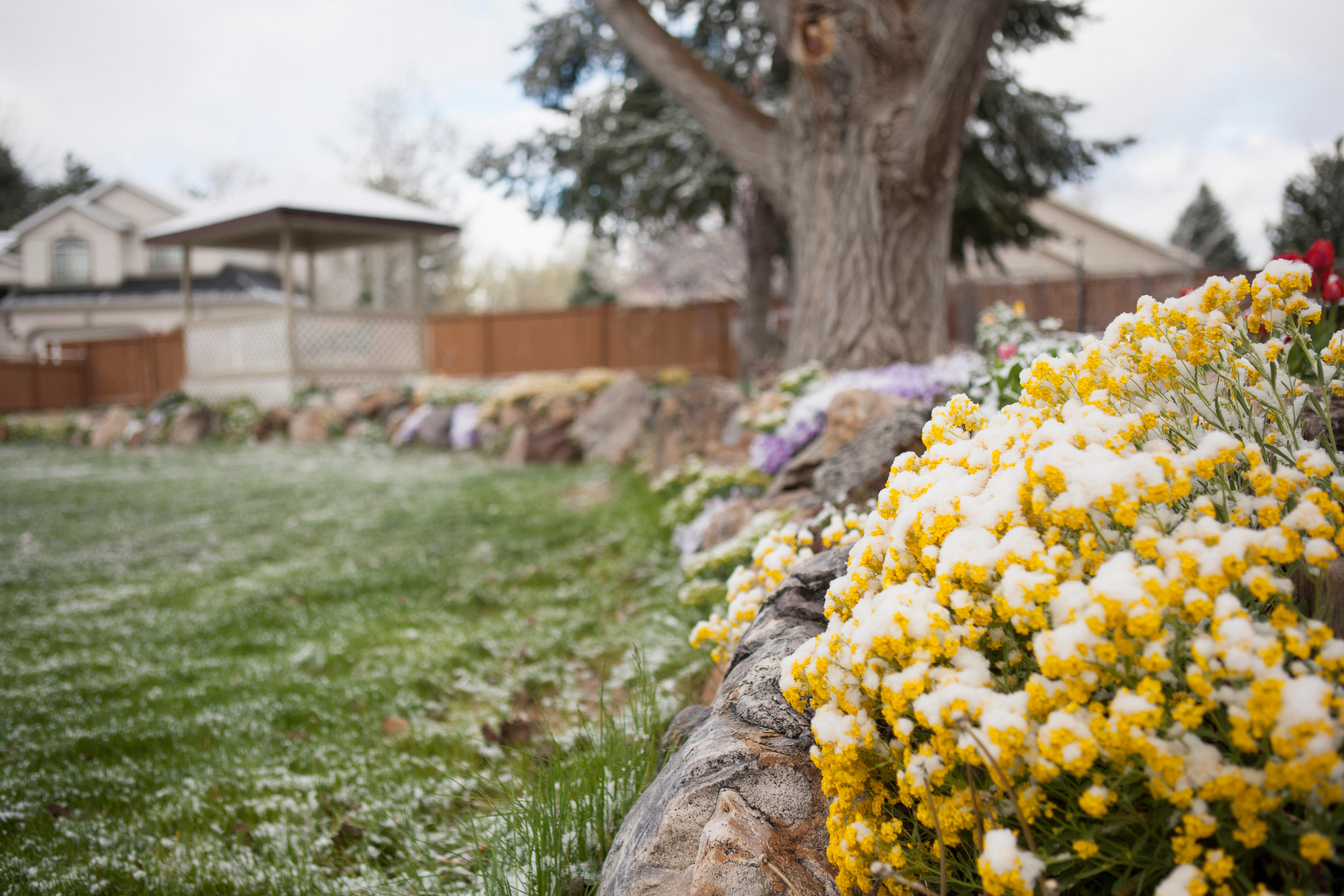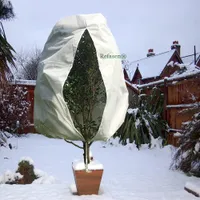Should I cut back plants after a freeze? The gardening rule for the winter months that might surprise you
While freezing temperatures may leave you garden plants looking a mess, there's something you need to know before heading out with the shears


When the temperature outside plunges below freezing, certain plants in your garden can suffer. In my own garden, there have been a few casualties already this year, leaving unattractive dead foliage in pots and raised beds thanks to sub-zero temperatures.
The question is, is it wise to cut back these plants after a freeze? It can be tempting to head out and remove anything that's perished in the cold, but according to horticulture experts, that might not be the best idea for the general health of your modern garden.
I asked those in the know when the best time is to tackle cutting back plants after a freeze, here's what they had to say.

Hugh is Livingetc.com's deputy editor and an experienced homes journalist. Concerned with his own garden suffering in cold temperatures, he asked some horticulture experts for their top advice for plant maintenance after a freeze.
Should you cut back plants after a freeze?
So, do I need to cut back the frost-damaged plants in my backyard?
'Most plants do not need to be cut back after the first freeze in the fall or winter,' explains expert gardener Mary Jane Duford, founder of Home for the Harvest. And, as it turns out, it may be helpful to the plant. 'Leaving them standing can provide habitat for beneficial insects and some winter interest in the landscape,' Mary adds, 'plus spent foliage may also insulate the crown of the plant from fluctuating temperatures.'
However, dead branches and leaves may not be how you want your garden to look all winter long, despite their insulating qualities. In which case, you may need to prune.
For some plants, cutting back is more appropriate than others. 'Certain herbaceous perennials are generally cut back in the fall after the first freeze,' Mary explains. 'This includes hostas, peonies, sedum, Shasta daisy, daylily, and hardy hibiscus. These lovely long-lived flowers tend to be quite hardy and can survive in all but the coldest zones without their spent foliage as insulation.'
The Livingetc newsletters are your inside source for what’s shaping interiors now - and what’s next. Discover trend forecasts, smart style ideas, and curated shopping inspiration that brings design to life. Subscribe today and stay ahead of the curve.
With these plants, a frost can cause the leaves to die, which then turn floppy and slimy, while also attracting garden pests like slugs.
How to cut back plants after a freeze
To prevent damage to plants, you need to be careful when pruning back after a freeze. 'Before doing any pruning, carefully examine your plant or tree to determine which parts are dead and which are still alive,' suggests Nastya Vasylchyshyna, a resident botanist expert for the NatureID app. 'Use sharp tools and don’t forget to disinfect them (with rubbing alcohol or a potassium permanganate solution, for example).' Be sure to disinfect tools between pruning different plants, too, as this can help to prevent the spread of diseases between plants.
After a freeze isn't the best time to heavily prune back plants in your flower garden. 'Prune only what is necessary for healthy growth,' says Violet Joy Miller, gardener and founder of Greeny Thumbs. 'Remember that during times of stress (such as after a freeze), trees are more susceptible to disease and pests, so take care not to over-prune.' Nastya suggests cutting into healthy tissue by about 0.4" so that no dead or damaged parts remain.
Stacie from Patio Productions suggests a gentle thinning out of dense plants at this time. 'It encourages air circulation and encourages new growth,' she explains
Garden scissor shears, Fiskars
A pair of good quality garden scissor shears is a must for taking on this task precisely, without damaging the healthy parts of the plant. I find scissor shears a really practical choice, and Fiskars is my go-to brand for garden tools.
When's the best time to prune after a freeze?
It's important not to cut back plants too quickly or else you'll risk damaging them. 'Pruning while the plants are still cold and wet can increase the risk of infection or further damage,' says Stacie Krljanovic, a head groundkeeper and advisor for Patio Productions. 'Wait until the threat of frost has passed and the weather has warmed up before pruning. '
If you're container gardening and plants in pots are damaged, you have more options. 'Either wait till spring or, for potted plants, do it indoors,' says Nastya.
If you have any trees that you're particularly worried about when a freeze is incoming, having some of these covers to hand can be an easy way to fend off the worst effects of sub zero temperatures.

Hugh is Livingetc.com’s editor. With 8 years in the interiors industry under his belt, he has the nose for what people want to know about re-decorating their homes. He prides himself as an expert trend forecaster, visiting design fairs, showrooms and keeping an eye out for emerging designers to hone his eye. He joined Livingetc back in 2022 as a content editor, as a long-time reader of the print magazine, before becoming its online editor. Hugh has previously spent time as an editor for a kitchen and bathroom magazine, and has written for “hands-on” home brands such as Homebuilding & Renovating and Grand Designs magazine, so his knowledge of what it takes to create a home goes beyond the surface, too. Though not a trained interior designer, Hugh has cut his design teeth by managing several major interior design projects to date, each for private clients. He's also a keen DIYer — he's done everything from laying his own patio and building an integrated cooker hood from scratch, to undertaking plenty of creative IKEA hacks to help achieve the luxurious look he loves in design, when his budget doesn't always stretch that far.

